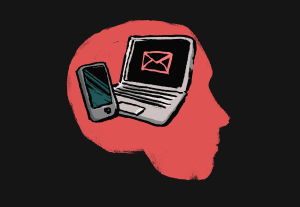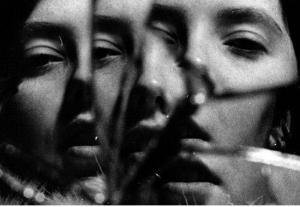- Customer Experience, Design, Design Theory, Usability, UX Education, UX Magazine
Technology makes seemingly inconvenient tasks easier — but at what cost?
Article by Jesse Weaver
The Value of Inconvenient Design
- The article covers the problem of friction and its impact on design.
- The author explains the problem friction brings to design value based on examples of IKEA, Facebook and Amazon.
Share:The Value of Inconvenient Design
Share this link
- September 14, 2022
8 min read

- Accessibility, Behavioral Science, Customer Experience, Design, Design Theory, Design Tools and Software, Neurology, Neuroscience, Usability, UX Education, UX Magazine
When less is usually — but not always — more
Article by Ed Orozco
Balancing Cognitive Load and Discoverability
- The author explains how reducing cognitive load helps user interfaces seem easier to use.
- The article covers:
- Information Architecture & Cognitive Load
- Staggered vs Flat Information Hierarchies
- The case for a flat hierarchy
- The case for a staggered hierarchy
- Balancing cognitive load and information density requires a lot of skill and deep knowledge of your customer.
Share:Balancing Cognitive Load and Discoverability
Share this link
- September 13, 2022
3 min read

- Behavioral Science, Customer Experience, Design, Design Theory, Usability, UX Education, UX Magazine, UX World Changing Ideas
Is Yoda truly the real groundwork of design thinking? Here is what we’re about to find out.
Article by Rich Nadworny
Design Thinking With Yoda
- The author explains why he believes Yoda lays the real groundwork for design thinking.
- Design thinking is a force for good, a force for change, it is a way of showing the interconnectedness of people to create a better life, business, or world.
Share:Design Thinking With Yoda
Share this link
- September 8, 2022
4 min read

- Customer Experience, Design, Usability, UX Education, UX Magazine
Curious to know about a philosophy that liberates our innate need for control? Then read to find out.
Article by Steven Sullivan
A Philosophy for Systems Change
- The author talks about the nature of systems change and unpacks the following ideas:
- Dynamics of Change: Our Situations Devolve and Evolve
- Wabi-Sabi: A Design Philosophy for Complexity
- Social Systems: The Beauty of Imperfect, Impermanent, and Incomplete Information
- Social Systems: The Beauty of Modest and Humble Learning
- Social Systems: The Beauty of Unconventional Thinking
Share:A Philosophy for Systems Change
Share this link
- August 31, 2022
5 min read

- Accessibility, Customer Experience, Design, Design Theory, Design Tools and Software, Employee Experience, Remote Research, Research Methods and Techniques, Research Tools and Software, Usability, UX Education, UX Magazine
Tips on how to champion HCD and design research to stakeholders and get them on board with all of your UX processes.
Article by Sara Fortier
How to Champion HCD and Design Research to Stakeholders
- The article covers:
- The importance of stakeholder management
- Challenges to overcome with research resisters
- Common objections to doing user research and how to respond
Share:How to Champion HCD and Design Research to Stakeholders
Share this link
- August 30, 2022
8 min read

- Accessibility, Customer Experience, Design, Patterns and Components, Usability, UX Education, UX Magazine
Breaking UX principles on purpose? No way! However, Snapchat and Netflix didn’t hesitate in doing so. And after all, who says we can’t occasionally break UX guidelines if it’s for the good cause?
Article by Kumar Shubham
How Snapchat and Netflix Break UX Design Principles
- The author takes a look at how Snapchat and Netflix purposefully break UX guidelines to achieve specific goals.
- Real user experience is all about understanding your customers’ needs and implementing solutions that meet their expectations.
Share:How Snapchat and Netflix Break UX Design Principles
Share this link
- August 26, 2022
4 min read


